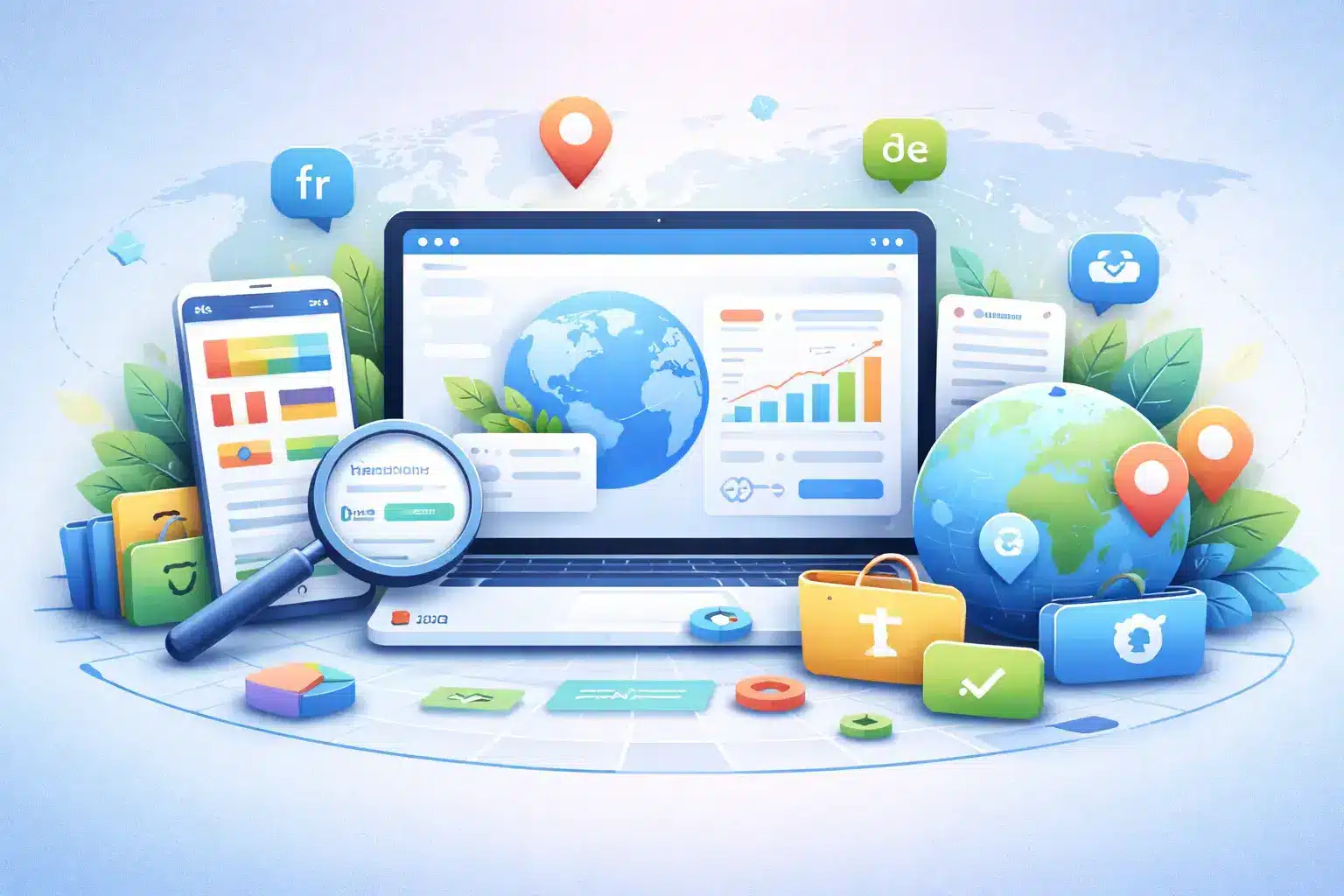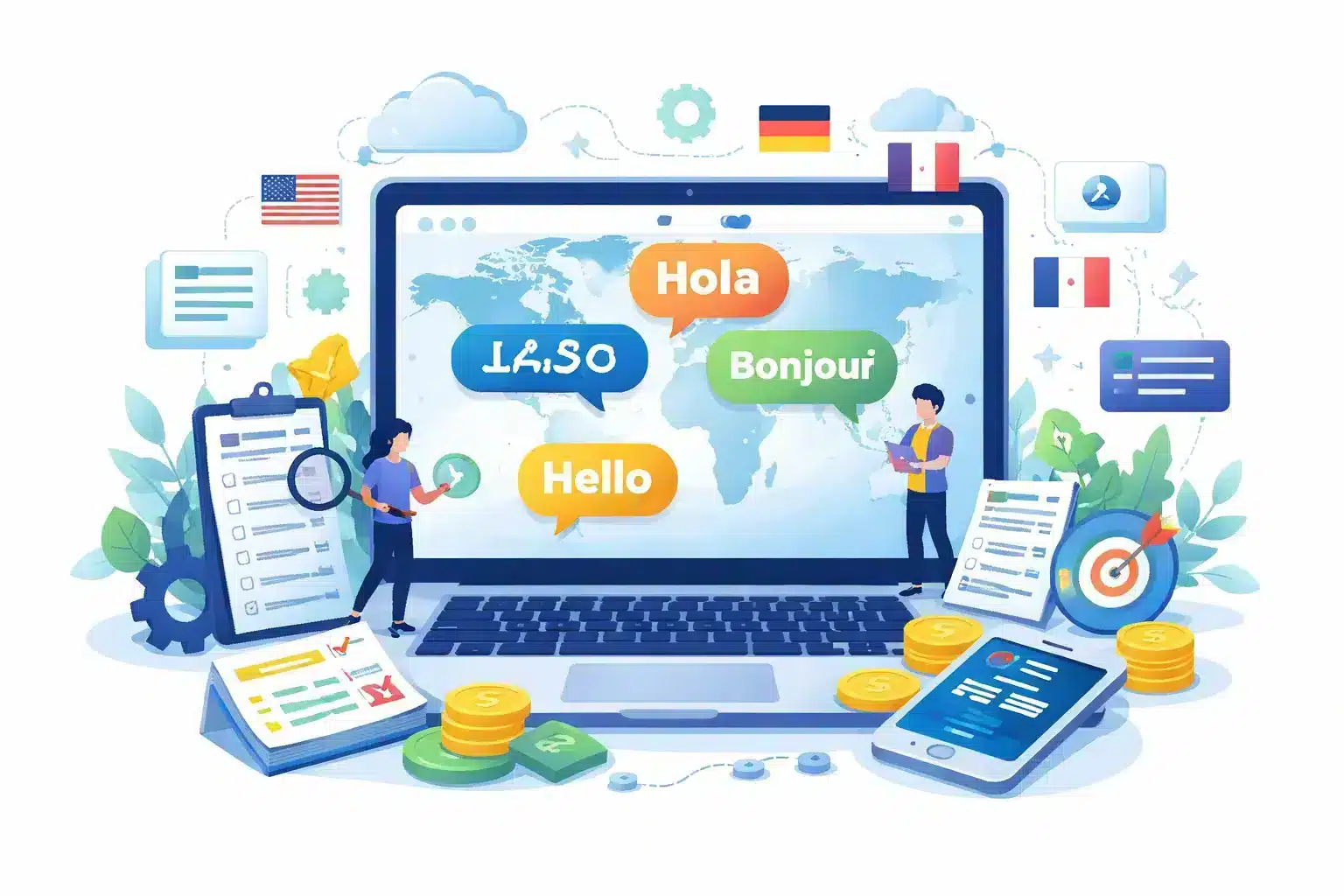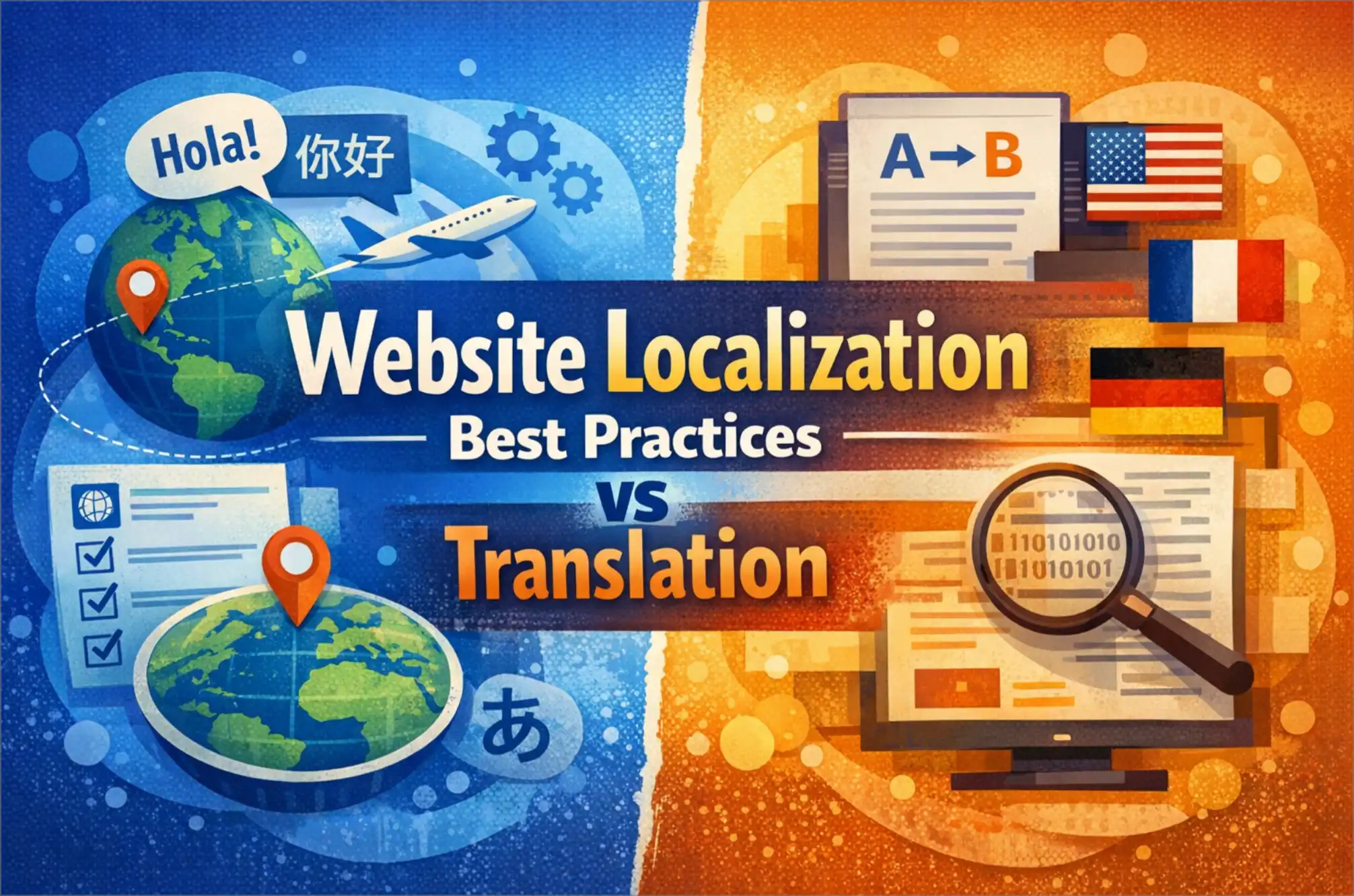Generally, internationalisation refers to the process of product designing to meet the demands of users in various countries. Also, it is about designing these products to modify to achieve the organization’s goal quickly. It could mean developing a website, so layouts will still work correctly when website visitors opt to translate from English to Spanish.
Internationalisation starts at the conceptual phase for companies and brands planning to introduce their services and experiences to the global market. Organizations build their products or applications to support writing conventions and multiple languages. Additionally, the process requires developers to consider the localization at the beginning, within the creation of the application. This is to enable a smoother procedure down the road.
While internationalisation does not involve actual translations, most businesses eventually need to translate content for their international markets. But, before the translation process, it is vital to internationalise the texts by ensuring that they are culturally neutral.
What is internationalisation compared to localization?
Localization describes the phase of adapting products to a particular target market. They usually conduct this process after internationalisation. In context, internationalisation develops products that are easy to adapt for audiences in various countries. Localization then takes those products and ensures to make them significantly relevant for a specific market.
More importantly, localization can work on customizations related to the following:
- Date, time, and numeric formats
- Use of currency
- Sorting and collation
- Keyboard usage
- Colors, icons, symbols
- Various legal requirements
- Graphics and texts with references to objects, ideas, or actions which, in any culture, can be subject to some misinterpretations
The Importance of Internationalisation
Yes, it can be ideal for businesses to dive into internationalisation and develop products for international markets. Before deciding to embark on an expansion, consider these four advantages.
Increases in customers and revenue.
International product expansion calls for an increase in the number of potential customers. Every market the company enters paves the way for growth in both business and revenue.
Improves risk management upon internationalisation.
Another significant advantage of international expansion is the diversity of its market. As the organization becomes less dependent on one market, it helps the business avoid potential risks in the core market.
Getting ahead of the competition.
Internationalisation also allows organizations to penetrate new markets where competitors have yet to enter. Those that expand to new markets tend to improve and innovate their services to compete with local businesses. Additionally, new markets allow access to a pool of better talent, industry innovations, and advanced trends.
Saves costs and allows access to newer technologies.
Entering a new market exposes your business to opportunities for foreign investments. Given that the internationalisation process is done perfectly, you can even acquire incentives for investing in specific regions. The networks you gained allow access to new technologies and significant improvements in business operations.
Elements of Internationalisation
Designing products for new international markets also comes with document preparation. Creating documents that are culturally sensitive and linguistically deliverable for a global audience can be a handful. To understand how this process works, some elements are involved during internationalisation.
Formatting.
There are various date formats, and not everyone has similar forms. Also, time signatures are different. Even the numbers are also not standard. Internationalisation involves deciding where to put commas, symbols, and colons will make a significant difference in the readability of the final document.
Abbreviations/Symbols.
When the text uses symbols, they can take on various meanings based on the target languages. In some cases, the symbols might have no meaning at all. In this situation, the content’s intent will have been lost without an appropriate translation. For example, an abbreviation of E for east could mean different for Germans. This is because east for them means “osten,” so its abbreviation will be O. Additionally, square kilometer (sq km) is Quadro kilometer for Germans or QKM.
Gender.
English usually does not assign gender for most items. In French and Spanish, gender is set to just about anything and everything. Meanwhile, the Japanese assign gender but provide special rules for children and adults.
If you have text that requires translation to a closely related sub dialect, Circle Translations is the service provider you want to hire for the job. We have expert translators who are professional linguists in closely related languages. Our record speaks for itself, and all the clients we have worked for have come to trust the quality of our work. Reach out to us today and let us be of service to you.
Graphics.
In some cases, acceptable items in one culture might not be the case for another culture. Worse, they can be derogatory or offensive. In context, colors have different symbols and meanings in various cultures. Not all cultures associate white with truth, wedding, and purity.
Legal requirements.
Also, when familiarizing what is internationalisation, one needs to consider the signatories of the document, where these signatures go, requirements for witnesses, and many others. Doing a business on an international scale needs to see these elements.
Choose the right partners for your organization’s projects.
The internationalisation process includes translators, which create a master document to address the primary elements that can be hard to translate. They basically standardize these elements and highlight the ideas that need more elaboration from a local translator. With this, most of the groundwork has already been accomplished when translators work on localized documents to translate.
A dedicated and reliable translation provider like Circle Translations is necessary. In most cases, business documents can be a handful to internationalise as you expand your market. Circle Translations comprises experts and professionals, all willing to provide the services companies need for their projects in terms of translation localization. As internationalisation comes before localization, you can ensure that all the elements are being considered before translating content or documents.
Subtitles

Professional and Accurate Subtitle Services for your Videos.
- Video subtitles specifically tailor-made for improving accessibility.
- Using highly experienced subtitlers with years of industry experience.
- Professionally written and expertly timed.
Translation

We help the world’s top companies translate their content in over 73 languages!
- We localize content for internet websites, games, travel, cryptocurrencies, and more
- Expand your global audience by adding different languages.
- We work only with qualified translators and experienced content creators
Audio translation

Ensuring full accessibility for Blind and visual impaired audiences.
- Visual descriptive events as they occur in the video.
- Working with top audio describers to perfectly describe what is happening on-screen
- Professional sound recording.














